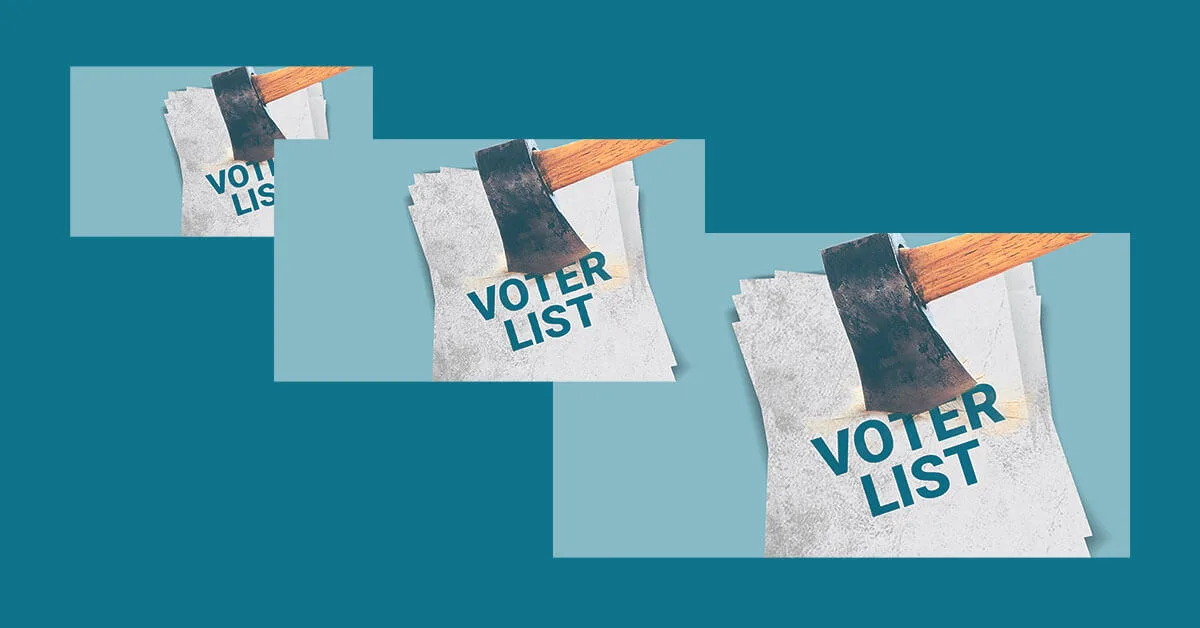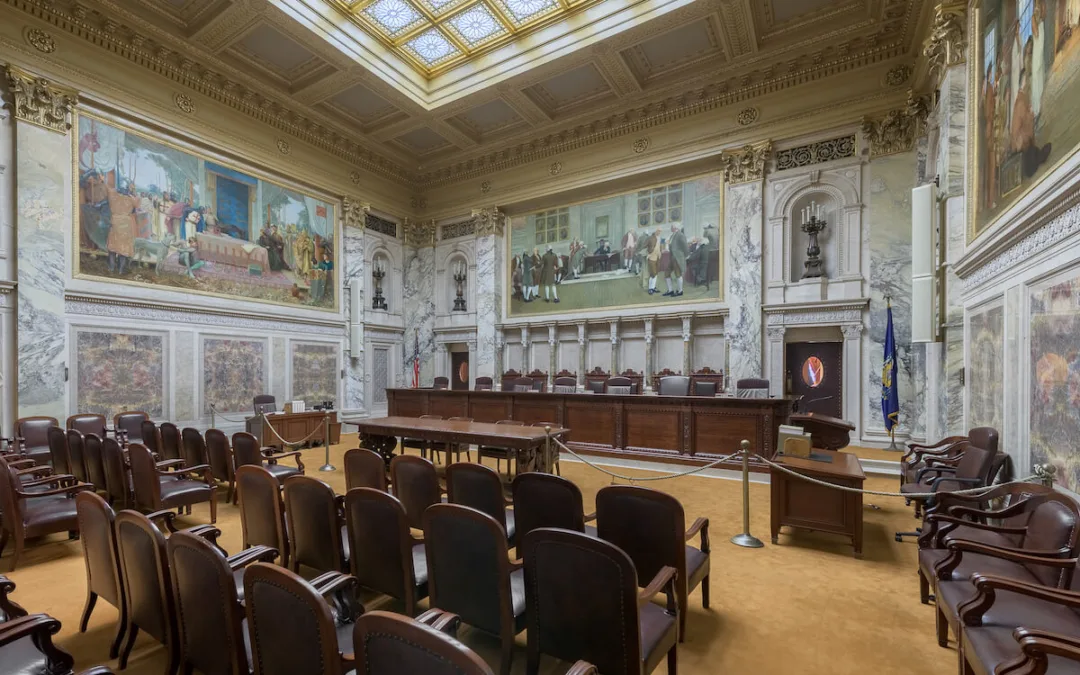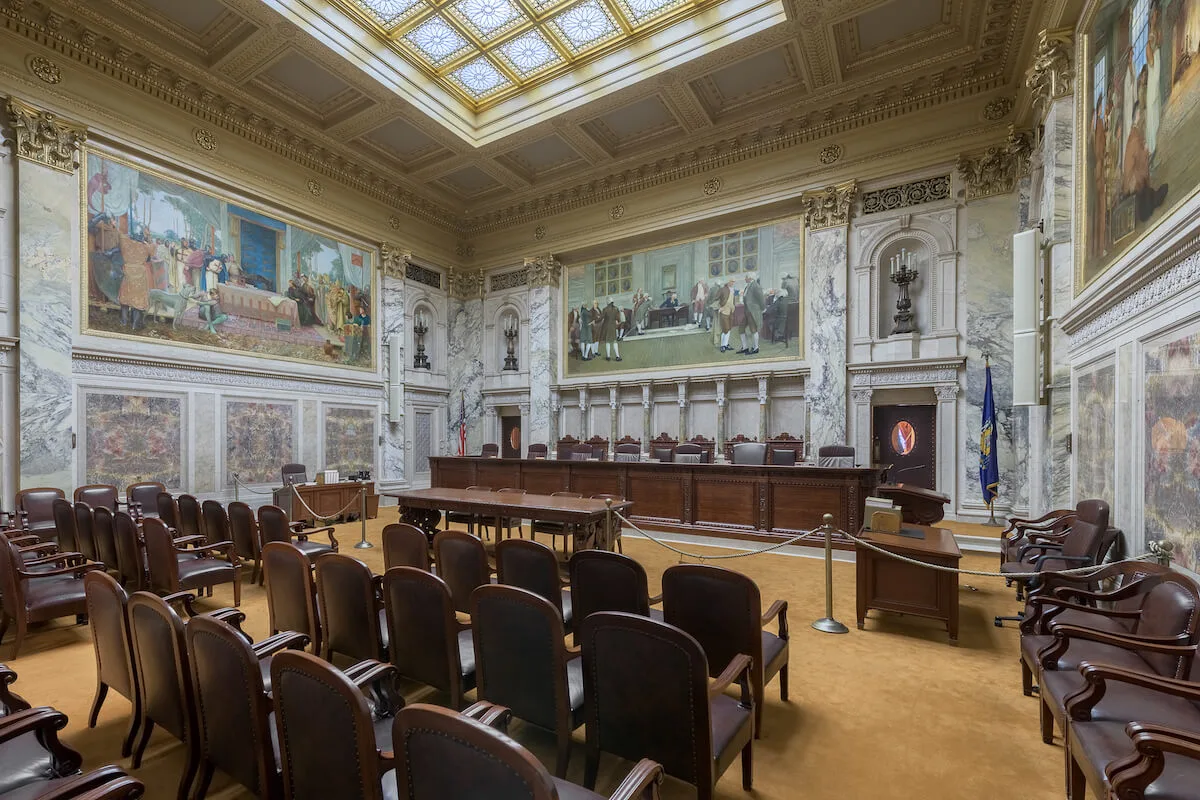
#image_title
#image_title
One Wisconsin Supreme Court justice uses a bizarre analogy in oral arguments over Wisconsin’s coronavirus safeguard, while another notes the Legislature could be a partner with Gov. Evers but has not met.
The fate of Wisconsin’s statewide mask requirement and the ability of future governors to respond to a pandemic may come down to a hypothetical scenario involving state Supreme Court Justice Brian Hagedorn’s 9-year-old son, a cell phone, and a rainbow.
As Assistant Attorney General Hannah Jurss and conservative attorney Matthew Fernholz on Monday morning offered arguments for and against Gov. Tony Evers’ third coronavirus-related emergency order in a case that will have far-reaching implications for the extent of any Wisconsin governor’s emergency powers, Hagedorn put the dispute in terms only a parent of five children could.
Hagedorn, a conservative justice who has served as a surprise swing vote in two other high-profile rulings during Evers’ first term, came up with a scenario in which he gave his 9-year-old son permission to use his cell phone for 10 minutes to take photos of a rainbow.
“If my 9-year-old son came back to me and said, ‘Dad, I know you said I could use it for 10 minutes unless you gave me permission to use the phone longer, but I used it for 20 minutes because the rainbow was still there,’” Hagedorn posited, “I would tell him that’s not what I said, that you’re grounded.”
In Hagedorn’s analogy, Evers is the 9-year-old boy, the cell phone is the governor’s emergency powers, and the rainbow is the coronavirus pandemic. Wisconsin law allows governors to declare states of emergency for 60 days at a time, while the Legislature can end those declarations early, choose to extend them, or let them expire.
“Nobody’s questioning the sincerity of the governor trying to do what he thinks is right here, but he can only do what the power he’s been given [allows],” Hagedorn said.
Evers first declared a state of emergency when he issued his Safer at Home order in spring, but he has since used severe spikes of the COVID-19 pandemic as the basis for two further emergency orders—one that mandated masks, which are scientifically proven to slow the spread of COVID-19, and another that extended the requirement through Saturday.
By the end of oral arguments, the state Supreme Court’s 4-3 conservative majority appeared poised to rule against Evers, with Hagedorn apparently leaning toward Fernholz’s arguments. It is unclear when the court will issue a ruling, though Chief Justice Pat Roggensack said the justices would meet in a closed session Monday afternoon, indicating a ruling may come quickly.
Liberal Justice Jill Karofsky asked Fernholz about a number of emergency orders issued by former Gov. Scott Walker, a Republican, in his two terms. With parts of the state facing propane shortages across several winters from 2013 to 2017, Walker issued a series of emergency orders designed to help people get better access to gas during the coldest winter months. Karofsky said Walker issued six such emergency orders in the 2013-14 winter alone.
“I’m interested in what the difference was between those orders issued by Gov. Walker and the orders that your client is now complaining about that have been issued by Gov. Evers,” Karofsky said.
Fernholz refused to answer.
“We are not taking a position on that,” Fernholz said.

Fernholz, attorney for Waukesha County resident Jeré Fabick, argued the law limiting states of emergency to 60 days prohibits Evers from issuing subsequent orders for the same pandemic, though the statute does not explicitly state one way or the other. He said that, because COVID-19 has been in Wisconsin since March, there is no way severe spikes of the virus could be considered a new emergency.
“We have been living with the pandemic for eight months,” Fernholz said. “The World Health Organization declared it a pandemic in March.”
Fernholz said individual issues such as hospital supply shortages could justify new emergency orders for the same overarching pandemic. Liberal Justice Rebecca Dallet chided the conservative attorney, saying his argument defied logic because he suggested Evers should be able to respond to new crises while simultaneously arguing against Evers’ response to new crises.
“I don’t follow how the governor has any authority to do anything under your reasoning,” Dallet said.
Wisconsin faces numerous crises. It is currently one of the nation’s worst coronavirus hotspots. Hospitals are overloaded and may soon not be able to treat every patient; meanwhile, new daily cases have surpassed 7,000 on a regular basis as the state rocketed past 300,000 confirmed cases and deaths reached 2,600.
“The numbers are going to go up or down on a daily basis,” Fernholz said, dismissing the unprecedented spread Wisconsin is experiencing. “That doesn’t justify a new emergency or a new public health emergency.”
Fernholz said a reemergence of the virus in several years could justify new emergency orders, but he was not able to articulate what would, in his eyes, constitute the end of the first emergency or beginning of a second one.
Rick Esenberg, director of the Wisconsin Institute for Law and Liberty, a conservative law firm, joined Fernholz in arguing against the order. Esenberg said the court’s judgment was required to preserve the government’s separation of powers.
“At some point we must return to constitutional order,” Esenberg said, leaving out the fact the Legislature could revoke Evers’ emergency order at any time.
Karofsky cut in as Esenberg spoke.
“Has there been any time that you know of, let’s say between March of 2020 and now when the Legislature has been unable to convene as you just said?” Karofsky said.
Esenberg conceded “the Legislature has been able to convene.”
“The Legislature could convene. They could write a whole new statute, couldn’t they?” Karofsky said. “So, the Legislature actually has a lot of power, should they choose to use it.”
Jurss, the assistant attorney general, used that same line of reasoning in her arguments in favor of the governor’s order.
“The Legislature has not used its important safeguard if it believes that the governor improperly pushed that emergency button,” Jurss said.
Justice Rebecca Bradley, a conservative justice who previously compared the Safer at Home order to the World War II-era internment of Japanese-Americans, partially aligned her thoughts with Karofsky and Jurss’ arguments. While Bradley appeared to agree with the conservative argument that Evers was overstepping his authority, she seemed skeptical that the Supreme Court needed to weigh in.
“Here, the Legislature is actually under [state law] giving its legislative authority to the executive branch to deal with an emergency, and that conferral of legislative authority on the executive branch is to span 60 days,” Bradley said. “We’re at the eight-month mark. Has the Legislature abdicated its responsibility to the people of Wisconsin to take the power that the people conferred on it back from the executive?”
Politics
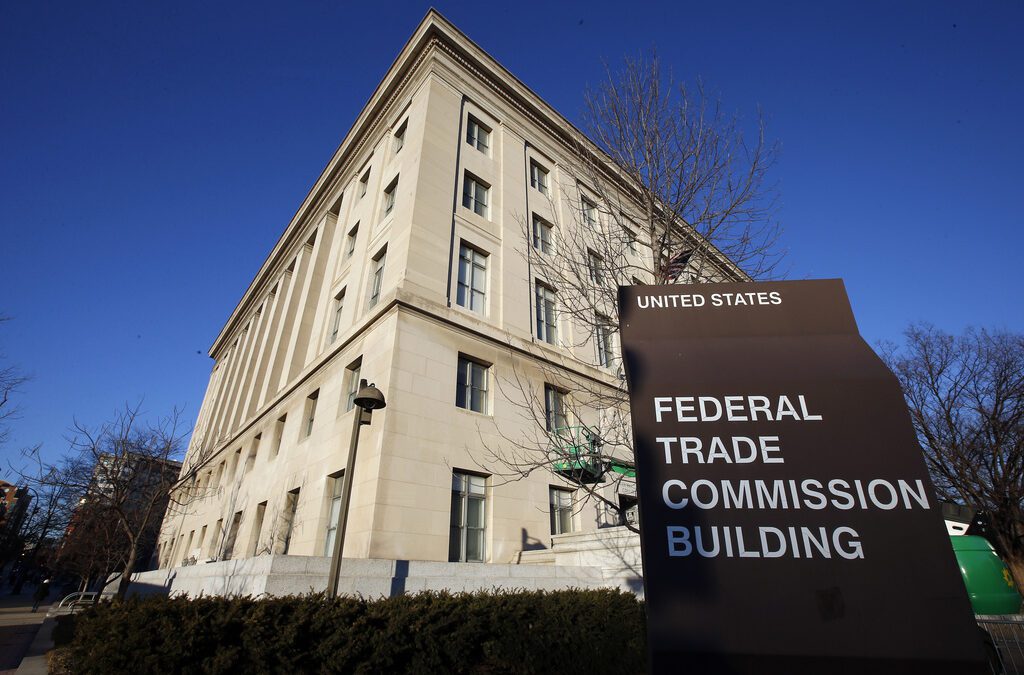
Biden administration bans noncompete clauses for workers
The Federal Trade Commission (FTC) voted on Tuesday to ban noncompete agreements—those pesky clauses that employers often force their workers to...
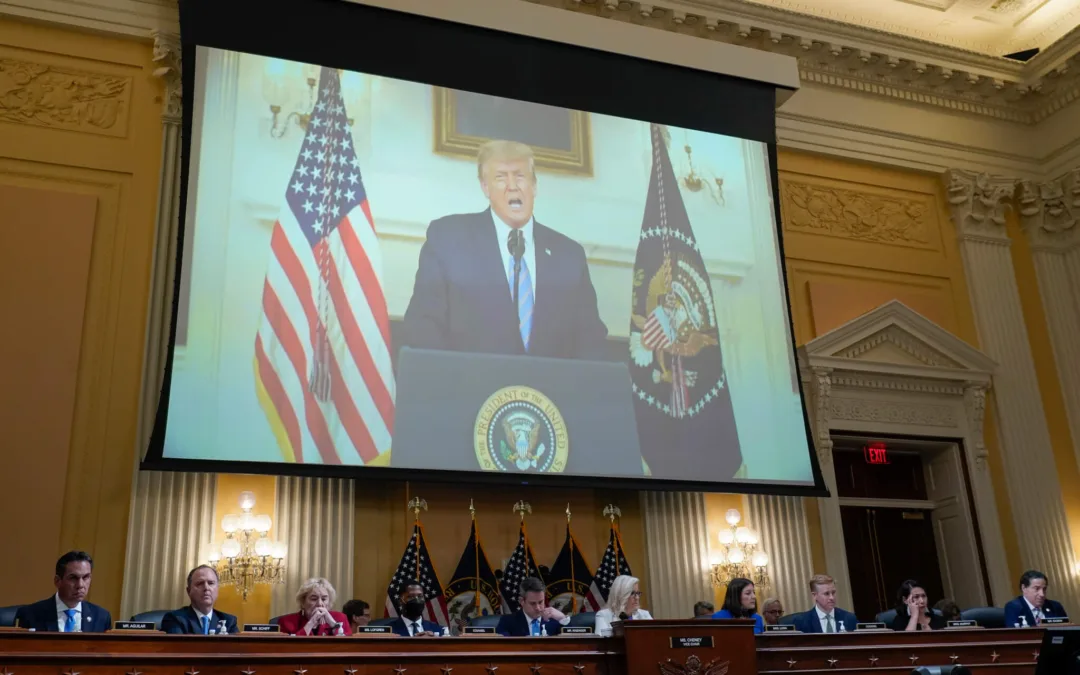
Opinion: Trump, GOP fail January 6 truth test
In this op-ed, Milwaukee resident Terry Hansen reflects on the events that took place on January 6, the response from Trump and other GOP members,...
Local News

Readers Poll: Top Bowling Alleys in Wisconsin
Looking for the best bowling in Wisconsin? Look no further! Our readers have spoken in our recent poll, and we have the inside scoop on the top...

8 Wisconsin restaurants Top Chef judges are raving about
Top Chef’s 21st season is all about Wisconsin, and on-screen, it’s already apparent that the judges feel right at home here. But, while filming in...



